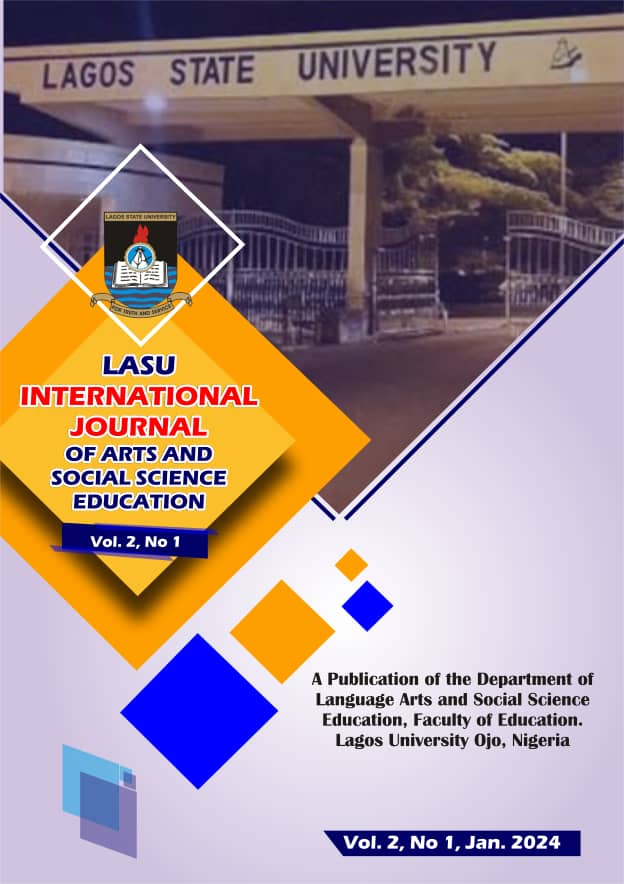The study aimed at investigating the relative efficiency of senior secondary school certificate examination in Economics in north-central Nigeria. The objectives of this study were to determine: (i)the IRT model fit for 2013 WASSCE Economics multiple-choice items; (ii) the IRT model fit for 2014 WASSCE Economics multiple-choice items; and (iii) the relative efficiency of 2013 and 2014 WASSCE multiple-choice Economics items. The study employed the descriptive survey design and the population comprised all 157,156 senior secondary school three (SS3) students in the North-central zone of Nigeria. The target population was all senior school three (SS3) students that offered Economics in their Senior School Certificate Examinations (SSCE). A sample of 1,120 students was drawn from 32 senior secondary schools in North-central, Nigeria. Multistage sampling procedures involving simple random, proportionate and purposive sampling techniques were used to select the sample. The research instruments were WASSCE 2013 and 2014 Economics paper 1, information indices of Akaike information criterion (AIC) and Bayesian information criterion (BIC) were employed to analyse research questions while t-test statistic was used to test for research hypothesis formulated. The study concluded that tests items of 2013 and 2014 WASSCE Economics were good and of the same qualities. This implied that Economics test items used for the assessment have the same model fit and can be used interchangeably. The study recommended that examination bodies should retain and sustain items with equal model fit statistics for future examinations.









